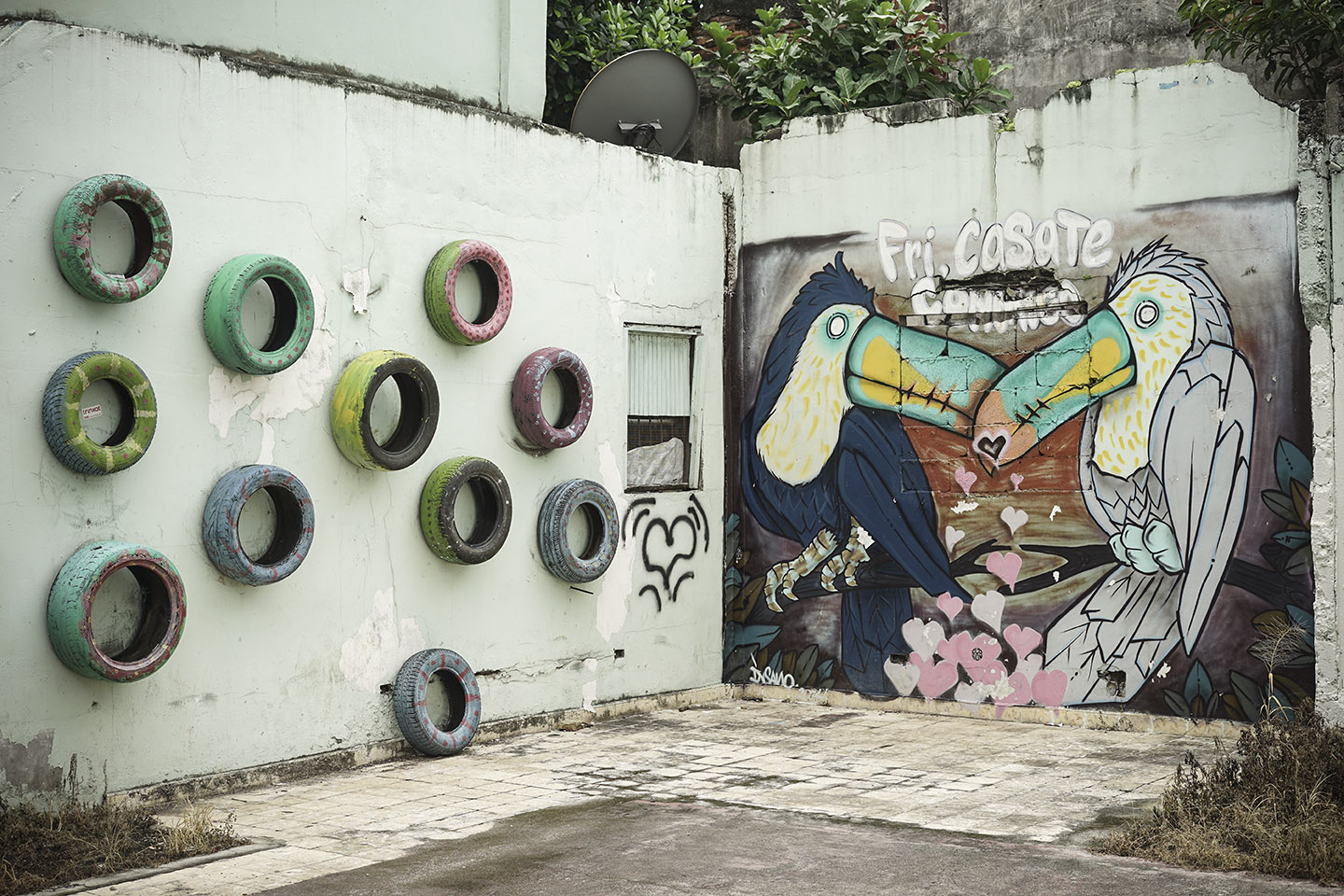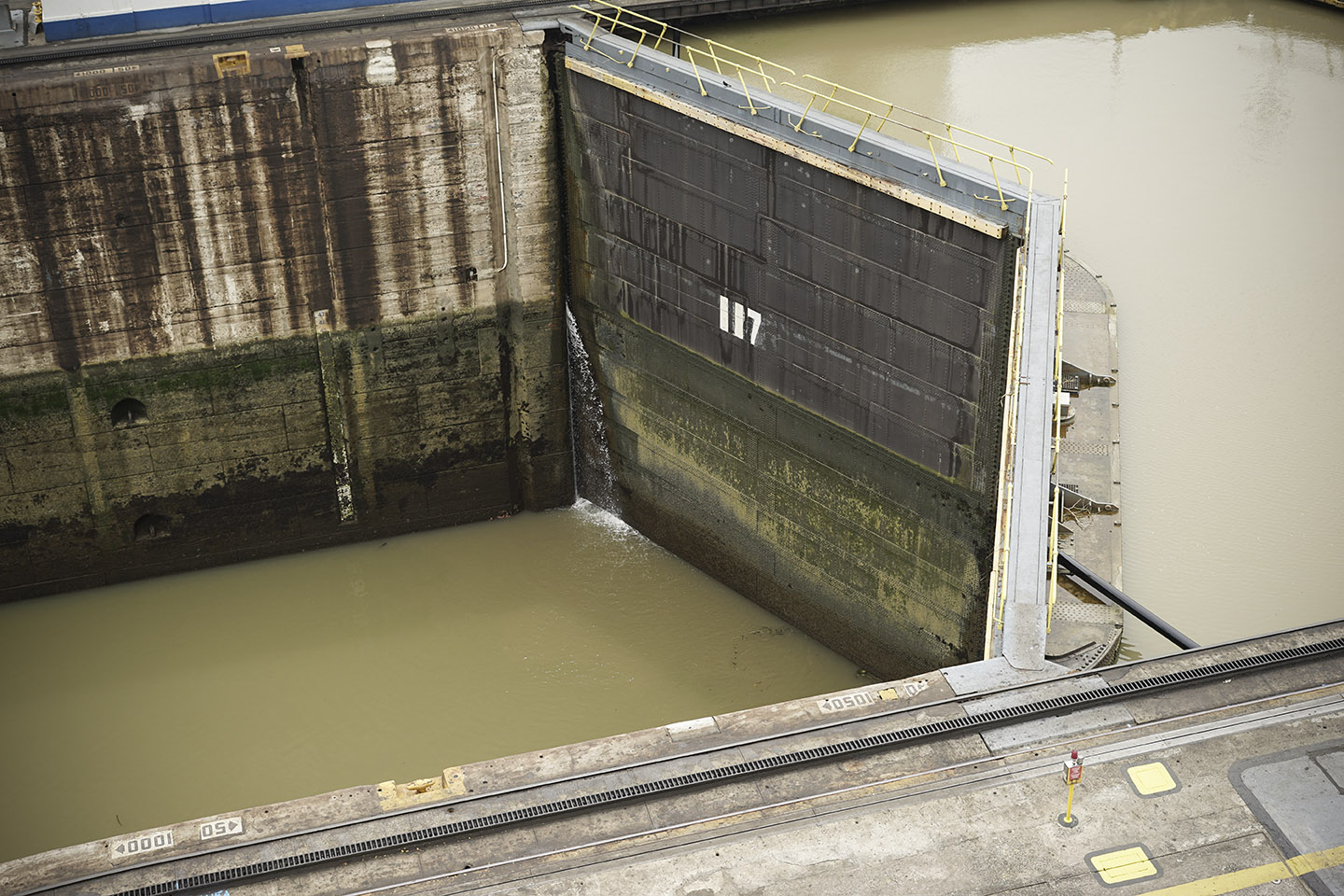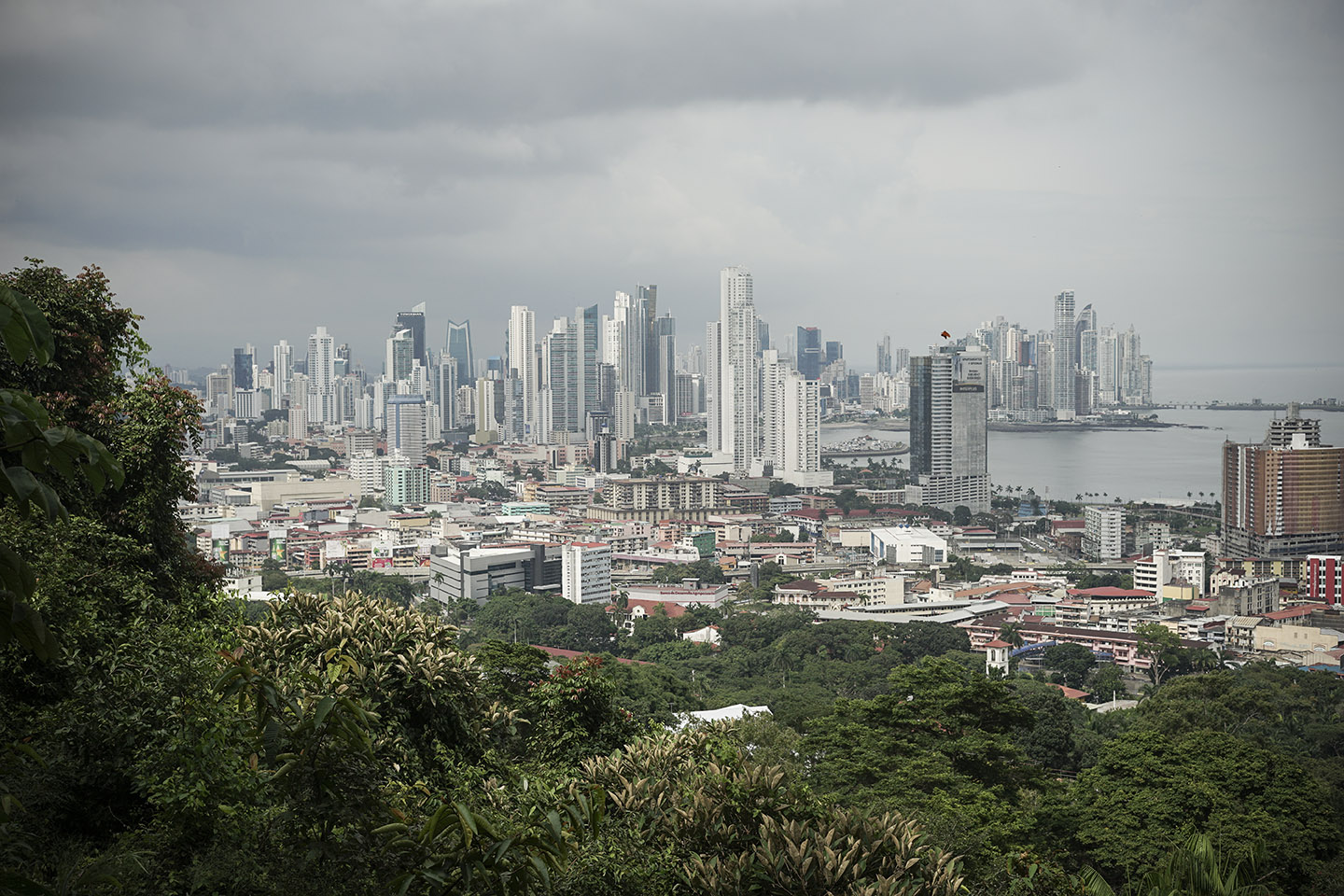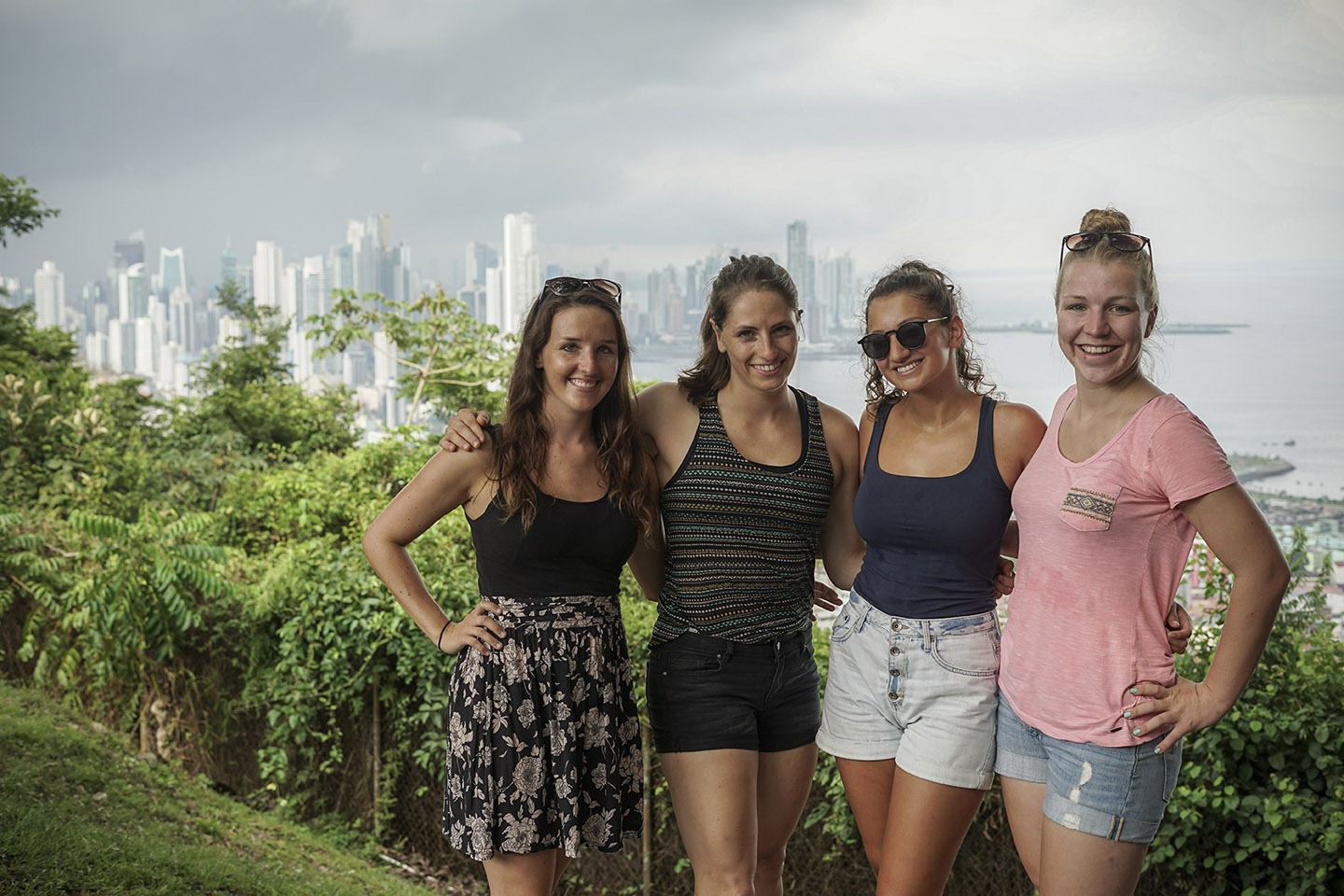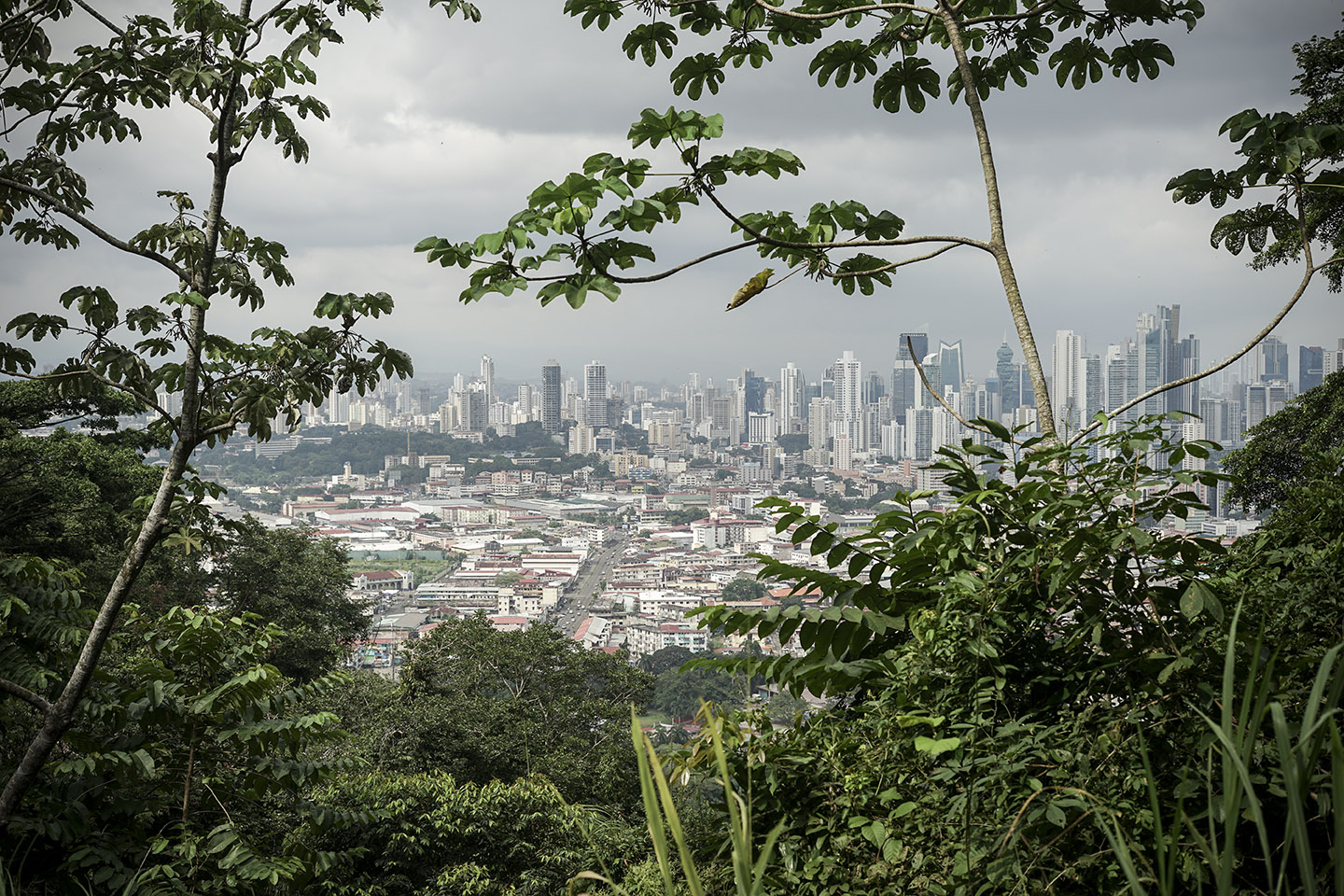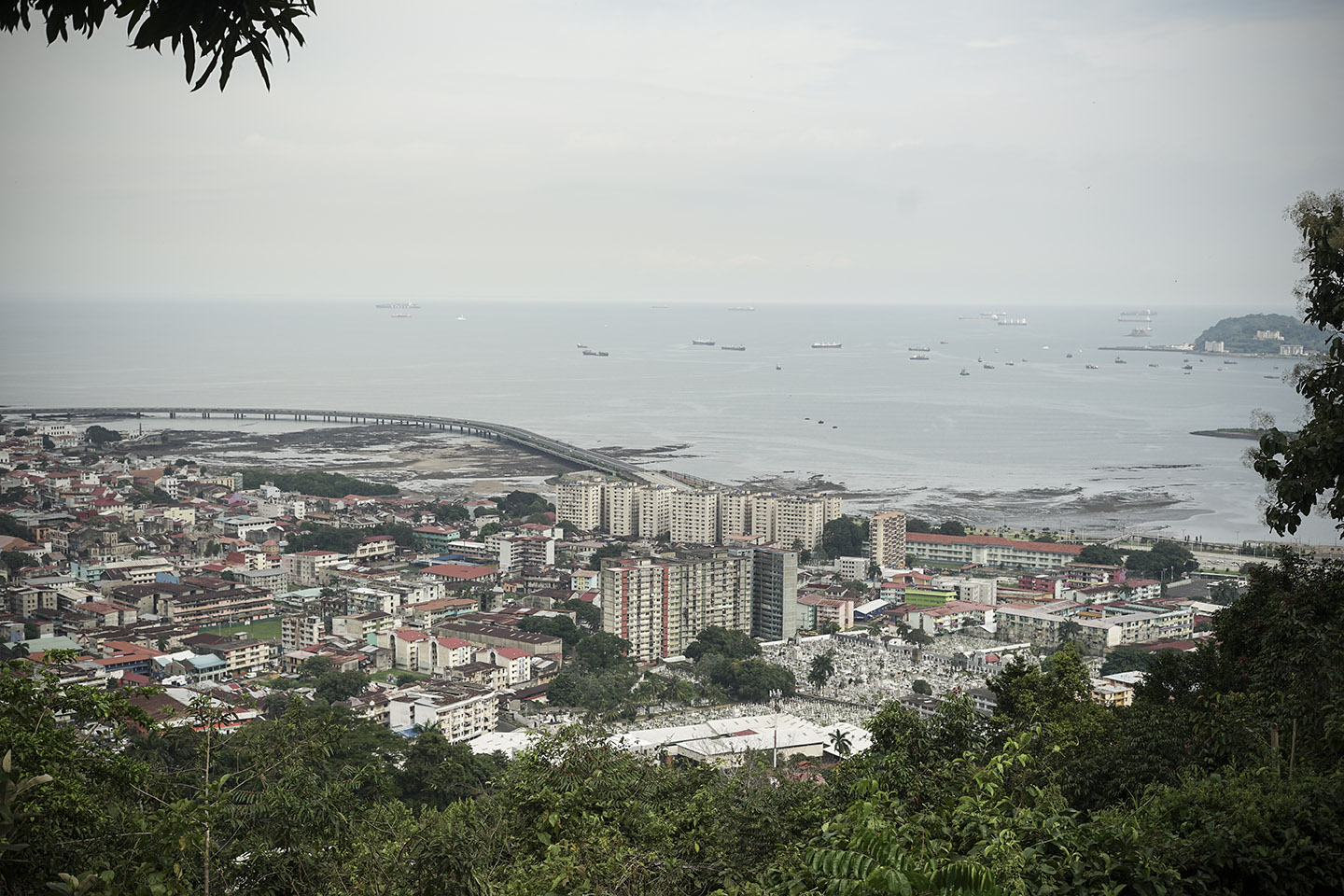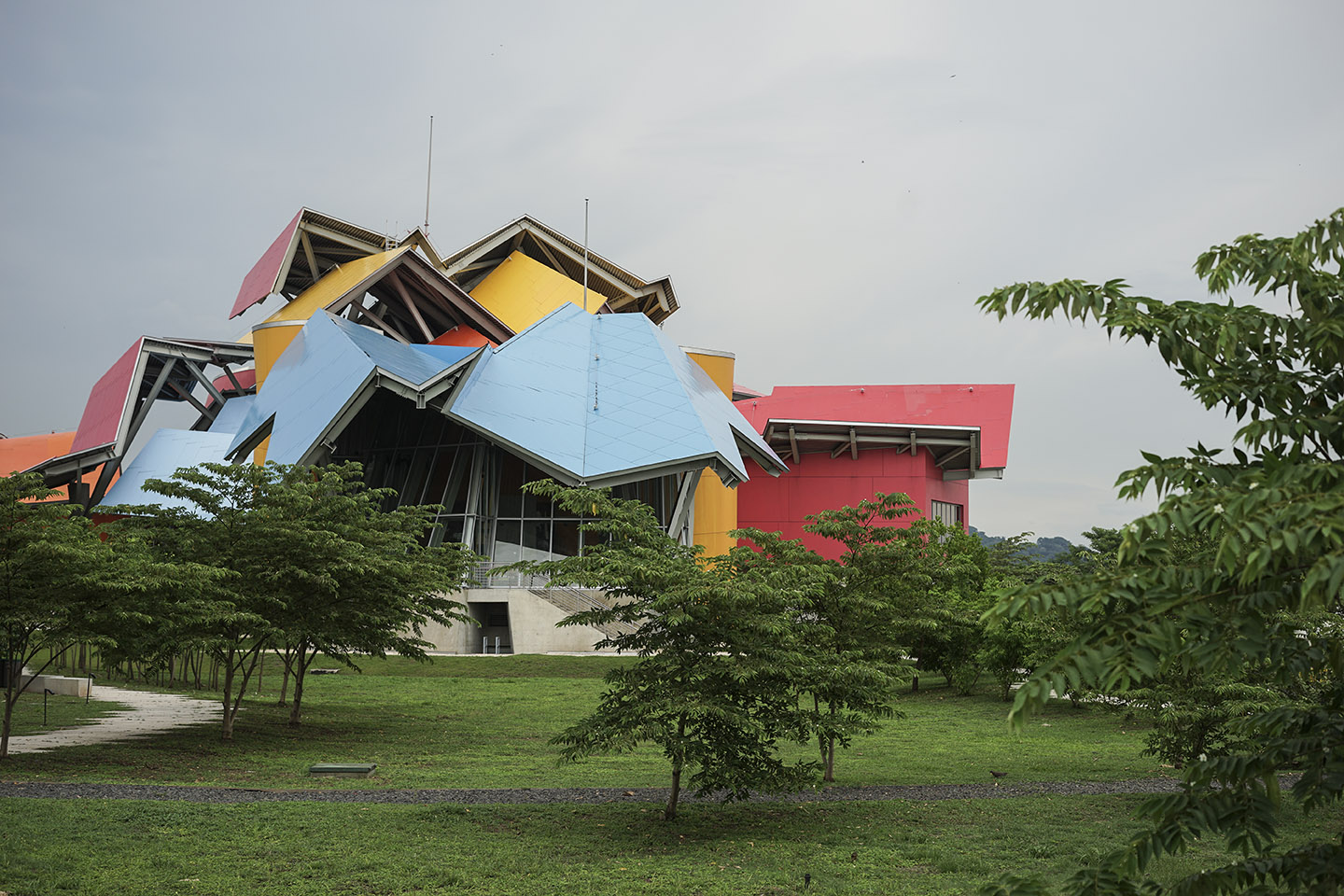Panama City
The Panama Canal. I had always heard about it. Never gave it much thought though. When you get down to it, it really is a marvelous work of human ingenuity, perseverance, and intelligence. It is also an example of the massive power of capitalism.
I didn’t know much about Panama or the canal before my trip. As I tour the Canal Museum at the Miraflores locks, I’m surprised to learn that the building of the Canal was first attempted by the French and, only after their failure, did the United States step in. I also learn that the U.S. helped Panama gain its separation from Colombia. It was a case of “I’ll scratch your back, you scratch mine”. Panama wanted to separation, the States wanted a canal. In 1903 with some U.S. backing Panama successfully separated from Colombia and in 1904 new construction on the canal began. Despite many hardships, including losing scores and scores of workers to yellow fever and malaria, the canal opened in 1914.
I find the canal museum interesting, but I can see why some have told me they found it boring. You really have to have a respect for massive feats of engineering and be intrigued by some of the more mundane details. Which, oddly, I am. Along with four girls from Switzerland, who were on my shuttle, I tour the museum and watch the little ten minute film. We go to the fourth floor to see if we can spot any ships coming through the lock. Unfortunately our timing is bad. The next ship will not be coming through until around 3pm and we have to catch our shuttle back at 2pm.
With the shuttle there is the option of being dropped off at Cerro Ancon, a giant hill that overlooks the city. The five of us are dropped at the bottom. After a fairly easy fifteen minute hike up a paved road we are at the top looking out on the city. It’s a great view but we spot dark clouds out towards downtown. Soon we see evidence of rain in the distance. We decide to make our way down. Unfortunately before we reach the bottom it starts to rain. Then it starts to pour. We seek shelter under the tiny overhanging roof of an unoccupied guard shack. After about fifteen minutes, the downpour slacks enough that we decide to move on.
This seemed to be a pattern in Panama. Great weather in the morning, but around 3pm be ready for a deluge. It happened in Bocas. It happened in Boquette. And it happened nearly every day in Panama City. Ah, the tropics.
The next day I visit the Museo Biodiversidad - a great museum dedicated to the biodiversity of Panama. The funky architecture, designed by Frank Gehry, houses a showcase of the flora and fauna, current and extinct, of the country. There is also loads of info on how the isthmus came into existence, how it emerged from the sea 12 to 15 million years ago, how its appearance separated the Pacific and Atlantic thus creating the Gulf stream, and numerous other effects it had on the balance of life on Earth.
I have enjoyed my time in Panama. It is slightly cheaper and a bit less touristic than Costa Rica, but I’m looking forward moving on and eager to jump to a new continent. It will be my first time in South America - my fifth continent overall. My first stop is a country that wasn’t even on my itinerary when I left the States a month ago but I have met so many people coming north from there and raving about it that I just have to check it out. So it looks like I’m Colombia bound.
